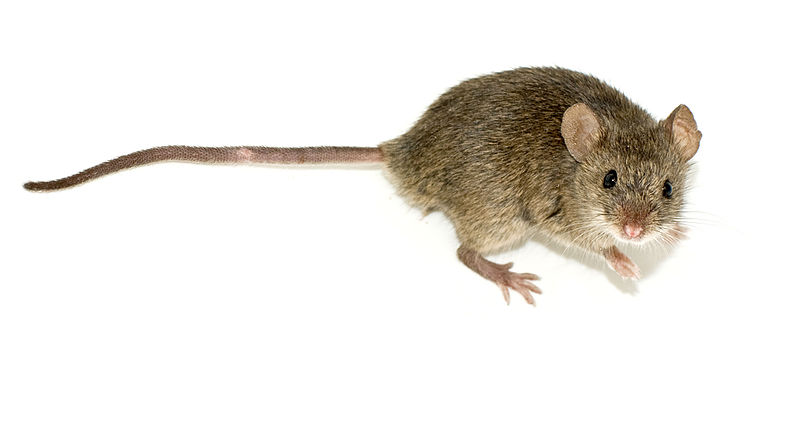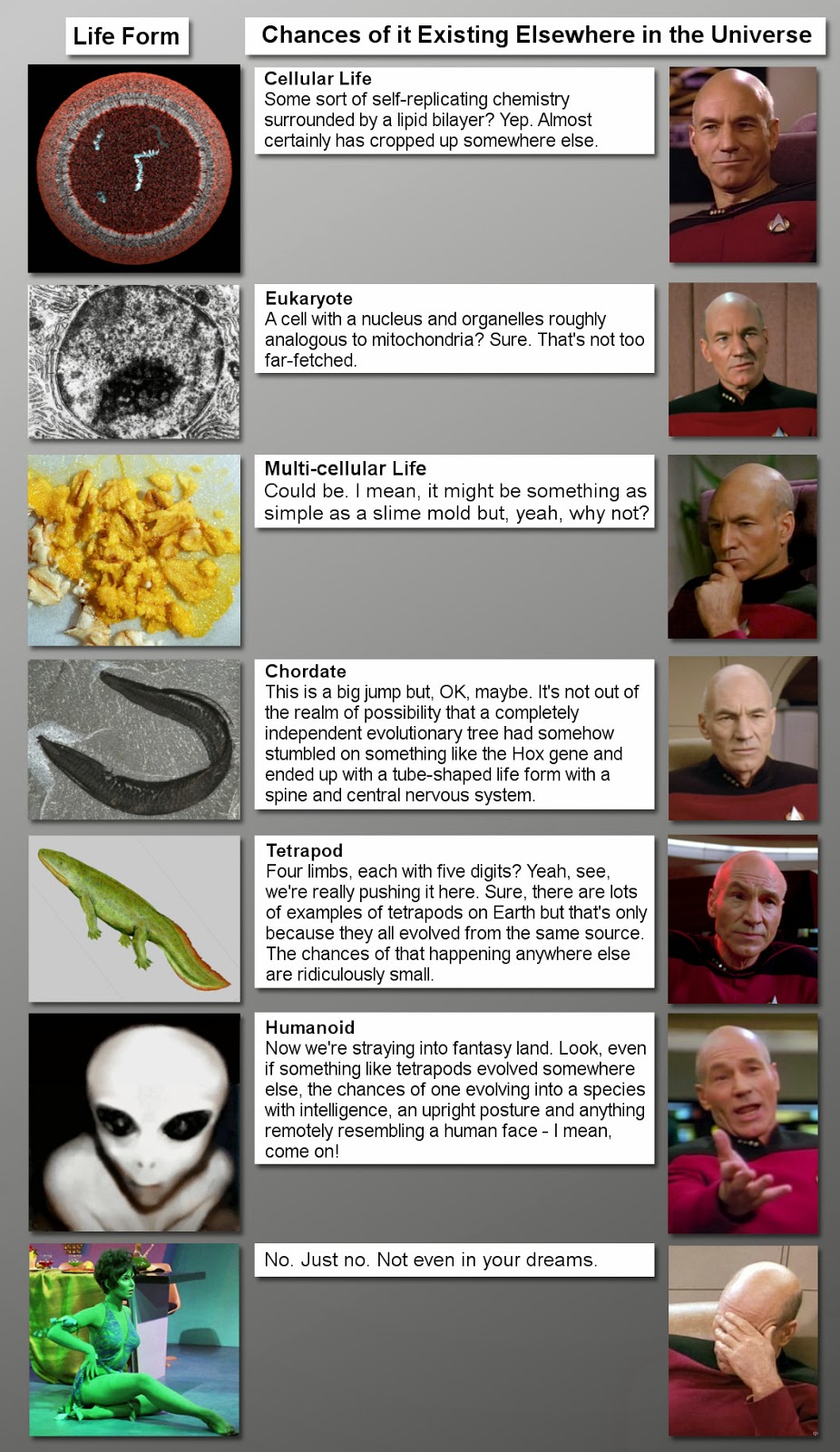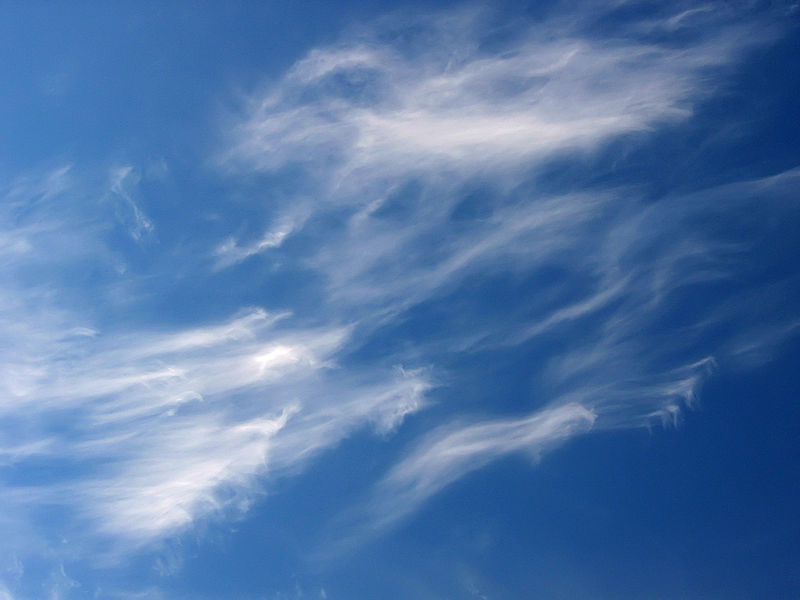OK. So you probably understand the Owl part of the title and may even know what a snowy owl looks like but that other word - irruption - what could that mean?
In the birding world an irruption is when a population of birds moves into an area where they aren't seen every year. These happen every few years but are hard to predict. They occur when a species has a particularly good breeding season or when food is scarce in their normal wintering grounds.
Most winters there are a few snowy owls in New England, some winters there are none, but this is an irruption year and they are EVERYWHERE.
The Snowy Owl is a large bird, around 2 feet high, that nests high in the Arctic and they are spectacular!
Image thanks to David Syzdek via Wikimedia commons
The best places to see a Snowy Owl? Anyplace that reminds them of their Arctic home - in other words wide open spaces with few trees. Like the beach and airports.
Snowy Owls do cause a lot of problems at airports during irruption years. A plane hitting a 2 foot tall bird is not good for the plane, the people on the plane, or the owl. Some airports hire people to chase off the owls, or catch and relocate them, other airports kill them.
If you want to find one near you check your local Rare Bird Alert (Google that phrase and your state to find yours). If you're in Massachusetts you can check on massbird.org or just go to the beach. They've been see on Cape Cod, Lynn beach, and at Plum Island (a great place to see them most years that they're around).
Please respect the birds, though, and watch from a distance. If the bird responds to you by turning to look at you, you're close enough. These birds are going to have a tough winter and don't need to be scared in to flying unnecessarily by inconsiderate humans.
If you're at a good location the best way to narrow down your search is to ask a birder. See someone standing by the side of the road with binoculars? Stop and look to see what they're looking at, then, if it's not your target bird, ask if they've spotted one today. It may seem weird (especially to native New Englanders) but it's a normal part of bird watching culture. Most birders will be happy to give you advice on where to look, some might even be willing to share a view through their spotting scope (looks like a small telescope) if you ask nicely.
Good birding!






















